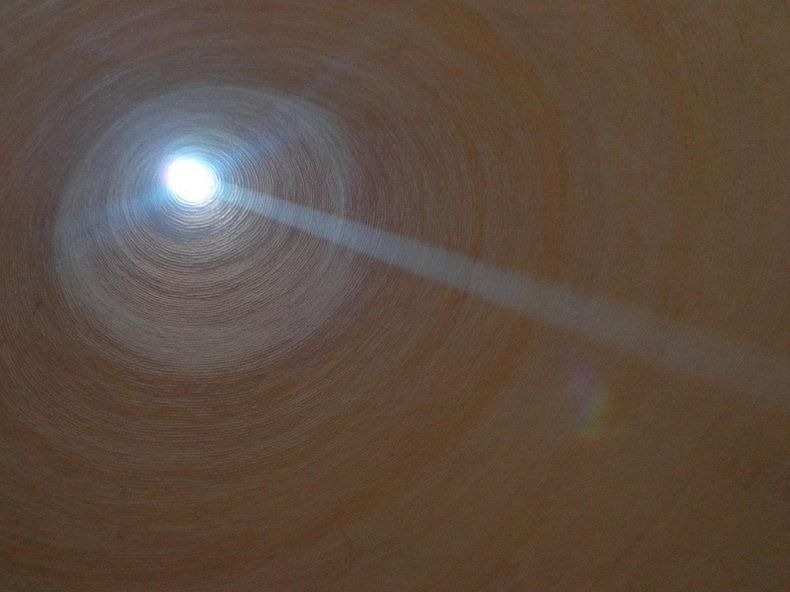Before the invention of the refrigerator, which is a relatively modern invention, ice was a precious commodity that couldn’t be easily obtained or made, especially during the summer. To preserve meat and other food items huge blocks of ice had to imported all the way from Scandinavian countries in the Arctic circle or from mountain tops carefully insulated with straw. In the US, the UK and other countries in Europe, ice was brought in from Norway. The Russians collected ice along the Neva River while the Indians got their share from the Himalayas. The ice were stored in specially made buildings called ice houses and they lasted throughout the year.
The most common designs involved underground chambers, usually man-made, which were built close to natural sources of winter ice such as freshwater lakes. During the winter, ice and snow would be taken into the ice house and packed with insulation, such as straw or sawdust. It would remain frozen for many months, often until the following winter, and could be used as a source of ice during summer months. This could be used simply to cool drinks, or allow ice-cream and sorbet desserts to be prepared.
Ice-houses were known in Iran as early as the seventeenth century B.C., and these were used as recently as 50 years ago. Many disused egg shaped ice houses made from mud bricks still exist in Iran. Iranian ice houses are gigantic in size compared to those found in the west, and they were unique because of the way ice was obtained.
Iran is largely a desert where fresh water is rare and even in winter, when the temperature falls to freezing at night, the mid-day sun is hot. Huge quantities of ice would be needed to fill these vast, domed wells and this cannot be arranged to be transported from far off places. The ingenious Iranians, instead, made their own ice.
Behind each ice houses are long shallow channels where water is poured during the winter nights. The channels were protected from heat during the day by shade walls. At night, a thick layer of ice is formed over the surface. This was broken and collected before the sun could rise and moved to the ice houses. This was repeated each night until there was enough ice to last the next summer. Several shaded walls, deep wells and cleverly constructed domes kept the heat out.
More than a hundred ice house can be found all over Iran, but very few exist in its original form and full extent. Unless a concerted effort is made in terms of restoration and preservation, the prognosis is not good for the majority of Iran’s ice houses. Some of the disused ice-houses has already been used as rubbish dumps.








No comments:
Post a Comment